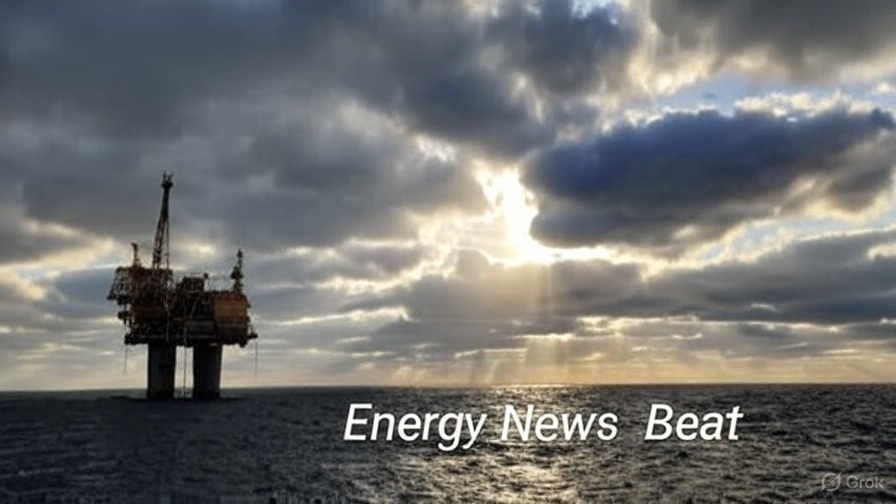In a bold move that has heightened geopolitical tensions in the South China Sea, China has been accused of installing oil drilling platforms and vessels within Taiwan’s exclusive economic zone (EEZ), marking a new phase in Beijing’s “gray-zone” tactics against the island. According to recent reports, the state-owned China National Offshore Oil Corporation (CNOOC) has deployed at least 12 oil and gas vessels and permanent structures, including fixed offshore drilling platforms, inside Taiwan’s EEZ over the past two months.
One such installation is located just 50 kilometers from the Taiwan-controlled Pratas Islands (also known as Dongsha Islands), part of the Lufeng oilfield development in the disputed waters.
Taiwan’s government has condemned these actions as illegal encroachments, urging Beijing to halt operations that violate international law and threaten regional stability.
This escalation comes amid China’s broader claims over the South China Sea, which have been repeatedly rejected by international tribunals.
China’s actions are not isolated but tied to its voracious energy needs. As the world’s largest oil importer, Beijing’s strategy appears aimed at securing domestic resources while exploiting vulnerabilities in Taiwan’s energy security. Let’s break down China’s oil landscape for 2025 and how this fits into the bigger picture.
Are you Paying High Taxes in New Jersey, New York, or California?
China’s Oil Production, Demand, and Imports in 2025
China’s domestic crude oil production is forecasted to remain stable but insufficient to meet its escalating needs. The National Energy Administration aims to keep output above 200 million tons annually in 2025, equivalent to roughly 4.0-4.3 million barrels per day (bpd).
Recent data shows production hovering around 4.31 million bpd in April 2025, with early-year figures approaching a record 4.6 million bpd.
Despite efforts to boost output through enhanced recovery and new fields, growth is modest, rising only 1.2-1.5% year-over-year in the first half of 2025.
On the demand side, China’s oil consumption is slowing due to the rapid adoption of electric vehicles (EVs) and economic shifts. Forecasts indicate demand will grow by just 310,000-700,000 bpd in 2025, the lowest rate since 2009 (excluding the COVID year), reaching around 16-17 million bpd before peaking at 16.95 million bpd by 2027.
This plateau is driven by EV penetration denting gasoline and diesel use, with electric trucks alone potentially curbing diesel demand further.
Refined oil demand is expected to decline at a faster pace as the energy transition accelerates.
To bridge the gap, China relies heavily on imports, which totaled 11.1 million bpd in 2024 and are projected to see a modest recovery in 2025, potentially increasing by 170,000 bpd year-over-year after a dip.
Russia remains the top supplier, providing nearly 2.2 million bpd (about 20% of imports), followed by Saudi Arabia, Iraq, the United Arab Emirates, and others like Oman and Malaysia.
This dependency underscores why Beijing is pushing into disputed areas like Taiwan’s EEZ—to reduce reliance on foreign supplies amid global uncertainties.
Locations of the Drilling in Taiwan’s Waters
The illegal drilling is concentrated in the South China Sea, specifically within Taiwan’s claimed EEZ near the Pratas Islands. One key site is part of the Lufeng oilfield, approximately 40-50 kilometers from Dongsha Island, where CNOOC has installed steel jackets for fixed platforms and deployed drilling rigs.
This area overlaps with China’s expansive “nine-dash line” claims, which encroach on Taiwan’s legal EEZ boundaries.
Maps of the region highlight how these operations push beyond China’s internationally recognized EEZ (in red on some visualizations) into disputed zones, escalating risks of confrontation.
Taiwan’s Presidential Office has called for an immediate stop, labeling the activities as coercive and part of broader gray-zone warfare.
Taiwan’s Energy Mix and Vulnerabilities
Taiwan’s energy profile exacerbates its exposure to such provocations. The island is nearly 100% reliant on imported energy, having closed its last nuclear power plant in May 2025.
Current estimates show a 2024/2025 mix dominated by fossil fuels: 45% natural gas (LNG), 37% coal, and only 5% solar, with other renewables like wind and hydro making up the rest.
The government targets 20% renewables by 2025—now likely delayed to 2026-2027—alongside 50% LNG and 30% coal to reduce import dependency.
Offshore wind and solar are key growth areas, with ambitions for 20 GW of solar by 2025 and over 5.7 GW of offshore wind.
Wargames simulations warn of dire consequences: In a Chinese blockade, Taiwan could exhaust natural gas stocks in 10 days, coal in 7 weeks, and oil in 20 weeks, slashing electricity to 20% of normal levels.
This vulnerability makes energy a prime target for coercion, amplifying the strategic weight of China’s drilling.Implications for Investors in the Chip MarketsRising tensions pose significant risks to the global semiconductor industry, where Taiwan holds a commanding 60-70% market share in advanced chips via giants like Taiwan Semiconductor Manufacturing Company (TSMC).
A blockade or invasion could disrupt supplies, causing chip shortages, price spikes, and economic shocks worldwide.
Investors face heightened volatility: TSMC and related stocks could see sell-offs amid fears, with risk premiums rising.
Diversification efforts, like TSMC’s $100 billion U.S. expansion in March 2025, offer some hedge, but Taiwan’s dominance persists.
On the flip side, opportunities abound in resilient supply chains. U.S.-China trade tensions, including tariffs and export controls, are pushing investments into alternatives like India and the U.S., potentially boosting firms like Intel or GlobalFoundries.
Overall, 2025 chip sales are forecasted to soar due to AI demand, but geopolitical risks could temper gains—investors should monitor escalations closely and consider hedging strategies.
This drilling saga highlights how energy and tech intersect in the Taiwan Strait, with far-reaching implications for global markets. As tensions simmer, the world watches Beijing’s next move.
Avoid Paying Taxes in 2025
Crude Oil, LNG, Jet Fuel price quote
ENB Top News
ENB
Energy Dashboard
ENB Podcast
ENB Substack

